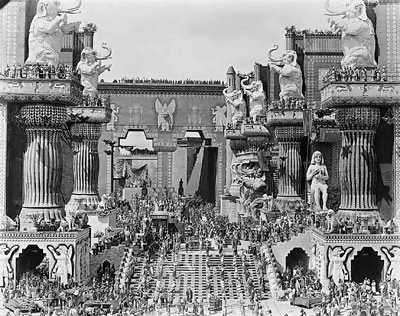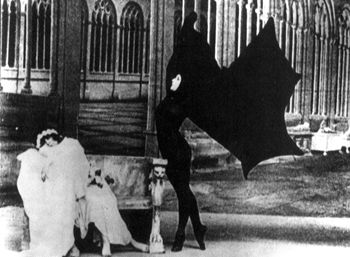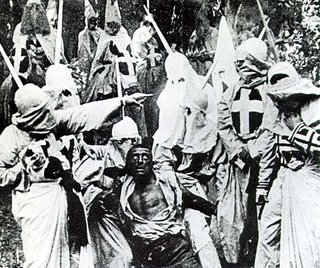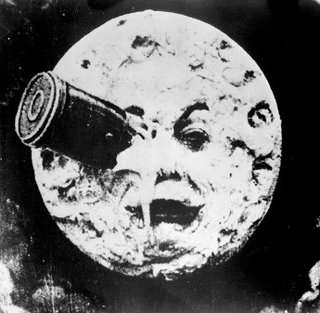8. Way Down East (1920)

Directed by D.W. Griffith
Synopsis
Griffith and his social portraits of the underdog. Anna is a poor girl from Bum-Fuck New England who is sent by her kindly mother to beg for money from their rich relatives, who live in the city...where else? There a playboy manages to fool her into playing hide the sausage by staging a mock wedding. Silly little hick girl gets herself preggers. Playboy Bad Man tells her to shove off. Her mother dies, her baby dies clutching her dried tit, she gets kicked out of the boarding house because she has no husband and clearly has had sex, hence dead baby. Anna goes and gets a job as a maid in the Bartlett's homestead, a kindly but strict Christian family. Playboy Bad Man is a regular guest at the house, and Bartlett son falls in love with Anna. Anna's secret is revealed when the landlord of her previous boarding house passes by town and recognises her. Anna gets kicked out of the Bartlett's house for being a whore, not before unmasking Playboy Bad Man's fault in the whole thing, while he is dining at the house. She runs off into the ice storm outside, collapses on a slab of ice... silly girl, and gets taken away by the river's current. Bartlett Jr. saves her from crashing to her death on a waterfall, in a death defying hopscotch game in the Ice Plaques of Doom! Everyone gets married, Playboy Bad Man gets commeupance, hilarity ensues.
Review
Probably the worse D.W. Griffith film up until now. This doesn't off course mean that it's bad... it's like saying worse blowjob. The film is frankly quite dull, but the last few moments are incredible... so exactly like a bad blowjob. Griffith continues exercising his social points through his films, I quite admire his social consciousness in what concernes woman's rights, the same can't be said about racial relations, but hey.
Speaking of woman's rights, Intolerance, Broken Blossoms and this film were all about women's place in society and how they should be seen as equal to men. Here Griffith shows how a woman is shunned for having had sex out of wedlock, even when she doesn't know what she was doing, while men get praised "for sowing their wild oats"... making me never look at oatmeal the same way again. Frankly the film missed the points of interest in the other Griffith films, like the huge sceneries in Intolerance, the Civil War background in Birth of a Nation or the orientalism of Broken Blossoms.
Again this film is worth watching for the last 10 minutes more than anything. The scenes on ice are quite spectacular... not something you see everyday and it does make you wonder how it was achieved. Were all those scenes filmed in a real frozen river, if so how many extras died? You can either see it at MovieFlix, but you have to pay or buy it at Amazon, either in the UK
Final Rating
6/10
Trivia
Don't Miss It! Limited time only! The Only, The Never Seen! MELODRAMA ON ICE!
There's still more Griffith coming! You know you want it.








